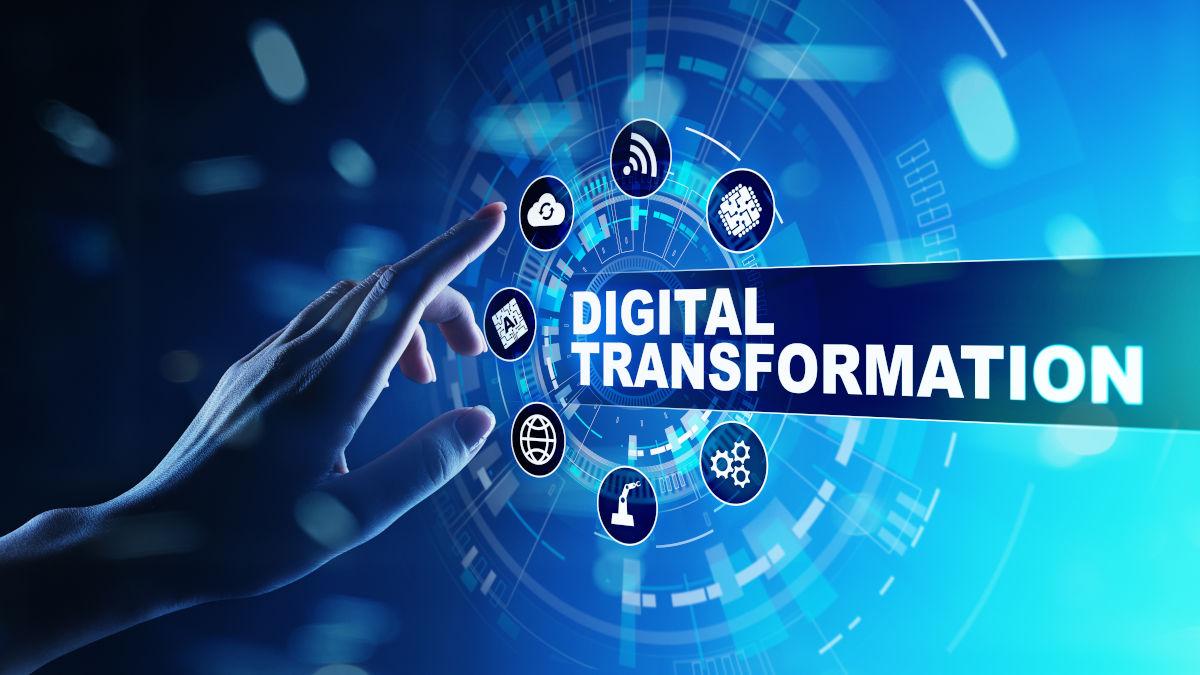Digital Transformation
The Value of Modern Digital Transformation as a Fractional Service

Companies of all sizes can benefit from applying digital transformation concepts to their organization. But too often these modern services are delivered via an outdated delivery model that doesn’t fit the realities of the business.
Not long ago, consultants would design a large-scale solution for a defined problem or need. The organization would be left with a hefty bill and heavily built solution that hopefully provided some value. If even marginal improvements were seen, everyone declared victory and went on to the next big project.
This was not always a path small- and medium-sized businesses could – or should – take. Often, these businesses would purchase off-the-shelf software and services, and hope for the best. Both larger and smaller organizations incurred technical “debt” in the form of maintenance, aging software, updates, migrations, and service packs. Ultimately, their state-of-the-art solution became an aging, unviable one faster than expected.
However, the world has changed, particularly when it comes to accessing technology. Opportunities exist for organizations to gain value through digital transformation as a fractional service.
A Manageable Way to Achieve Digital Transformation
Access to “billion dollar” software was unheard for SMBs of just a decade or so ago. Today, a mid-sized company can sign up for Microsoft Office 365 with a credit card. For a relatively low monthly cost per user, state-of-the-art email, document management, workflow platforms, data visualization tools, and top collaboration tools are available. Setting up and configuring SharePoint was once a lengthy IT project in and of itself. Now it’s accessible with a few clicks.
At Thrive, we strive to help businesses solve problems and inefficiencies, replace paper-based solutions, and achieve digital reporting, visualization, and collaboration transformation. With lessons learned from the days of big projects, we view digital transformation as an ongoing process — one that will continue as long as the technology, people, and businesses change. The best way to address change is to align with it. We believe strongly that the ideal approach is to align the rate of change an organization can absorb with organizational needs, and adapt resources and plans accordingly.
For example, a typical digital transformation journey may involve one day each month of strategic planning and guidance, two days of training, three days of workflow development, a day of architecture and design for the upcoming efforts, and three days of reactive support and changes to existing solutions. This adds up to about 10 days a month, or one-third of what would normally be a single, full-time employee. Some months may require more development, and others more reactive support. It’s important to engage with a service delivery model that accommodates the needed flexibility.
Several factors make digital transformation as a fractional service significantly more effective:
- Adoption: A mid-sized business can only make, accept, absorb, and respond to a certain number of changes. Understanding that and building a cadence is key.
- Cost: A full-time consultant or employee can be expensive. If utilizing a full-time resource is difficult to fit into the budget, it may not be the best use of resources.
- Expertise: Assigning one person to a project can lead to a knowledge bottleneck. No matter how smart that person may be, they likely don’t have the breadth of experience that a whole team can deliver. Multiple people should be evaluating problems and collaborating on a solution.
- Single Point of Failure: People come and go from organizations, but operational needs will continue. A one-person team leaving for a new job can completely derail entire projects, especially at smaller companies.
The most important takeaway is to get educated on the modern capabilities digital transformation platforms provide, and start working on a model to make use of them.
Larger organizations with sprawling IT departments have had the advantage of awareness and education, with access to higher quality resources for many years. Now that smaller organizations enjoy access to the same technical resources, they have an advantage in digital transformation through their agility and flexibility, but need the right partner to get the most of these resources. The message is clear, though – organizations of all sizes can modernize IT infrastructure through fractional digital transformation, and Thrive can assist with yours.
